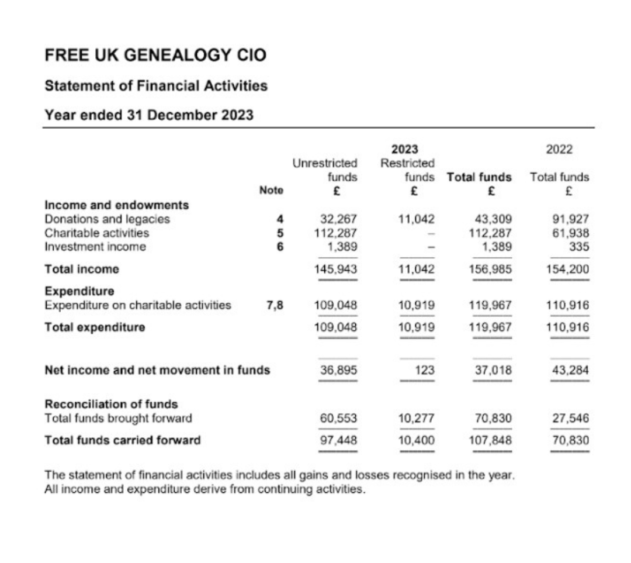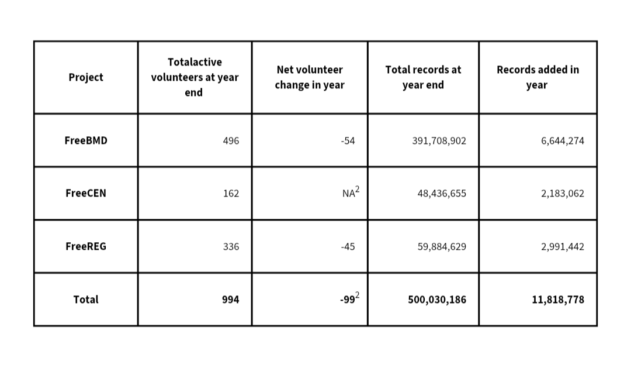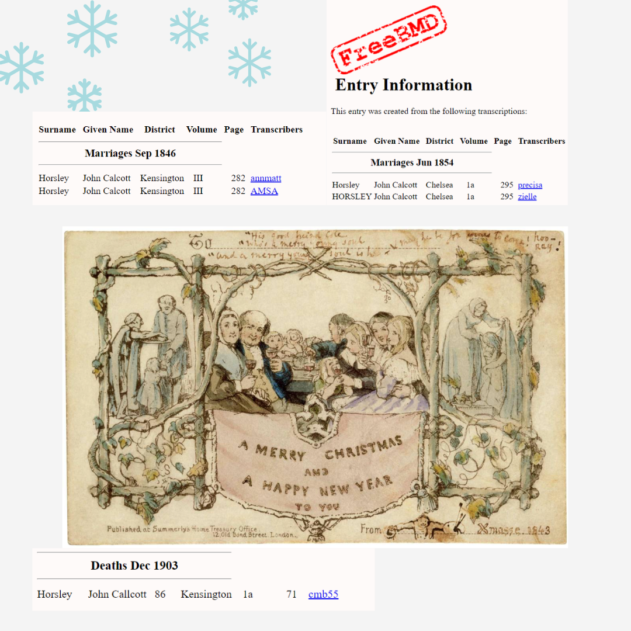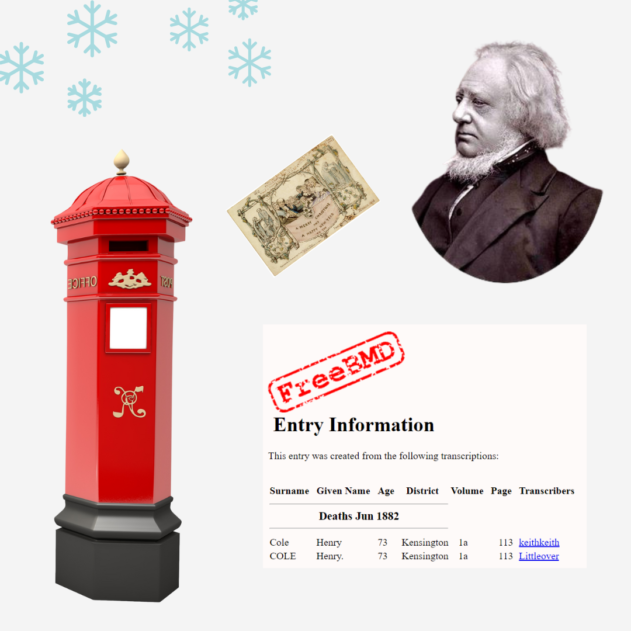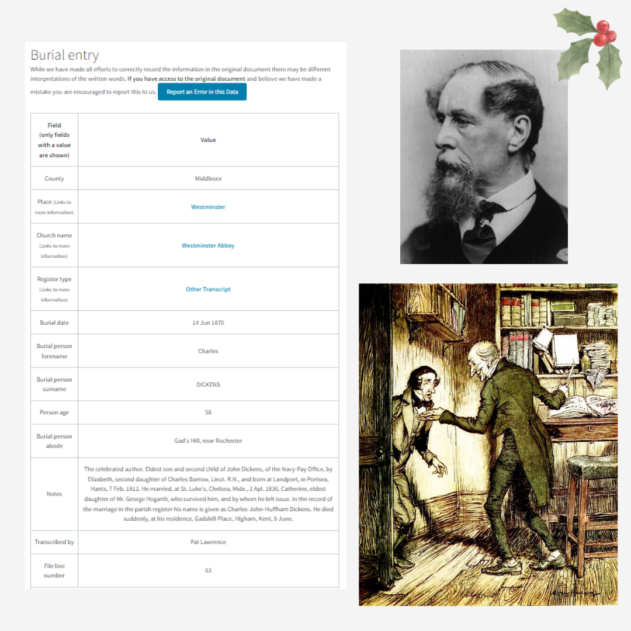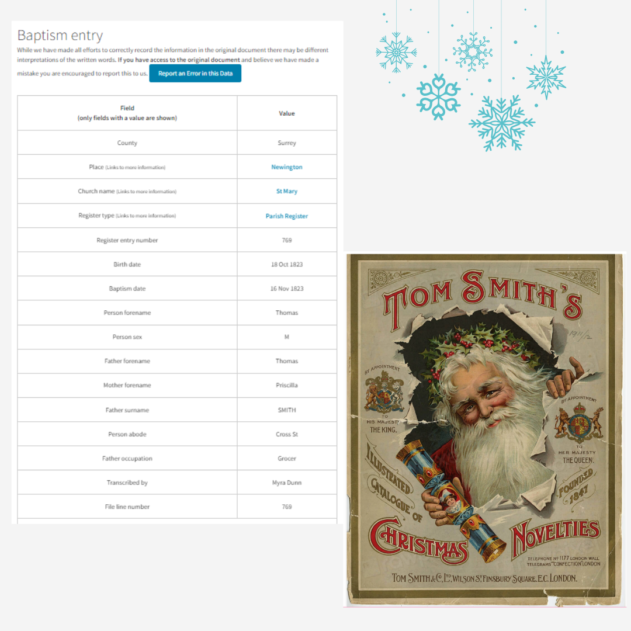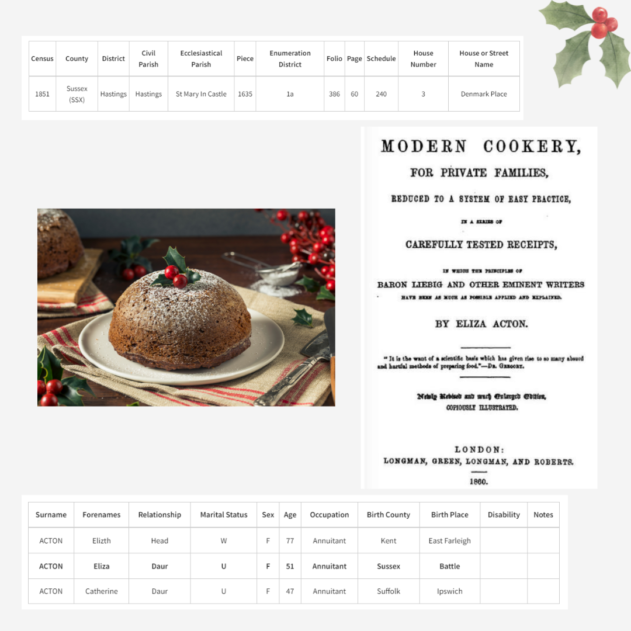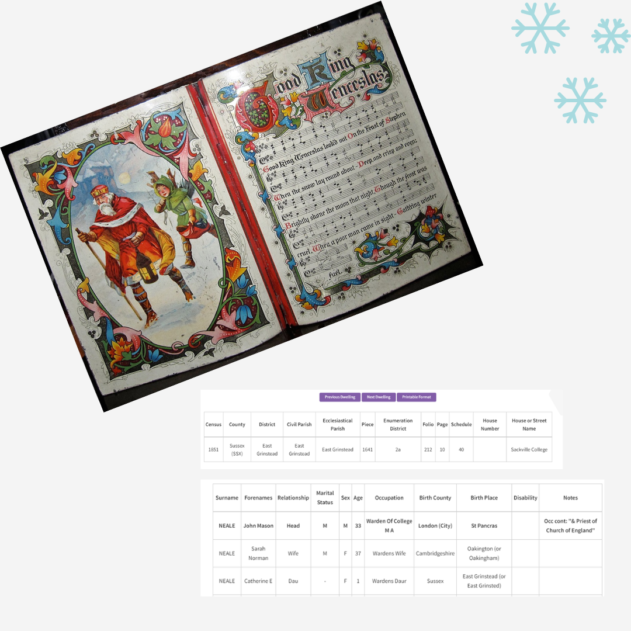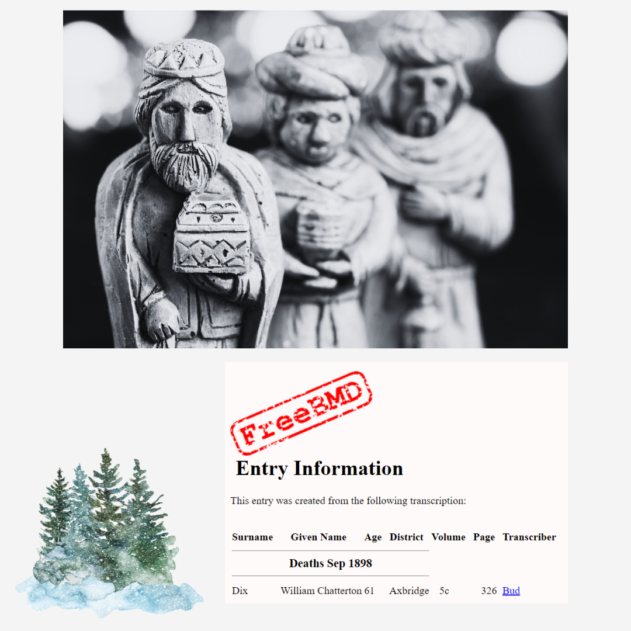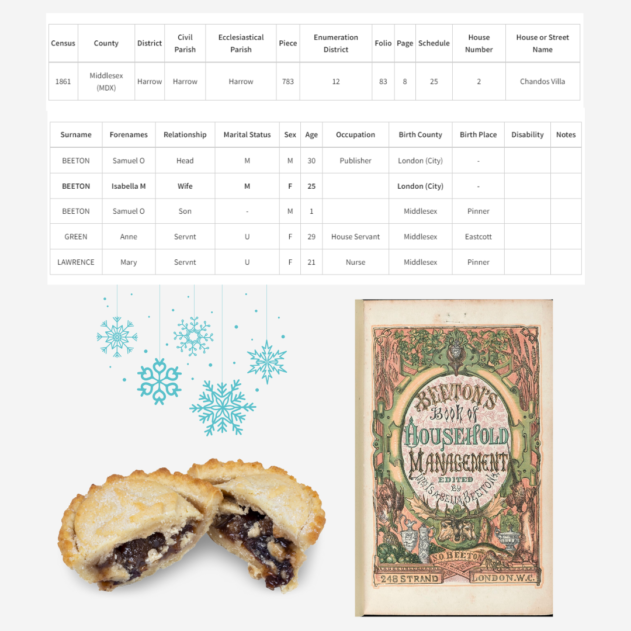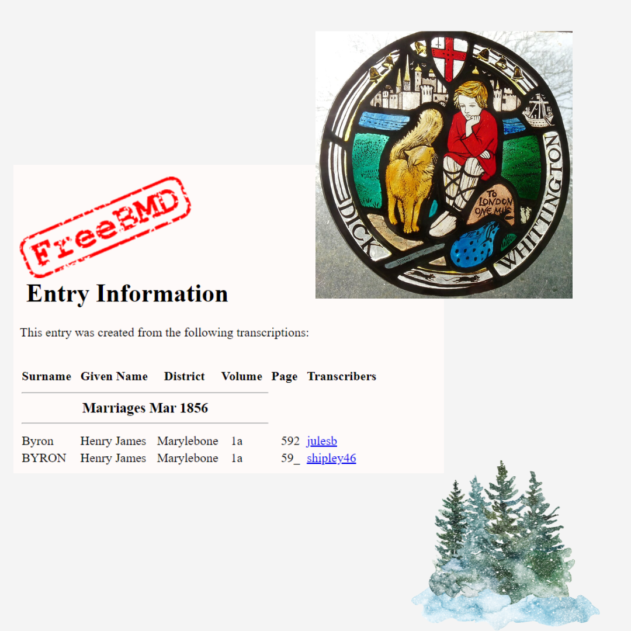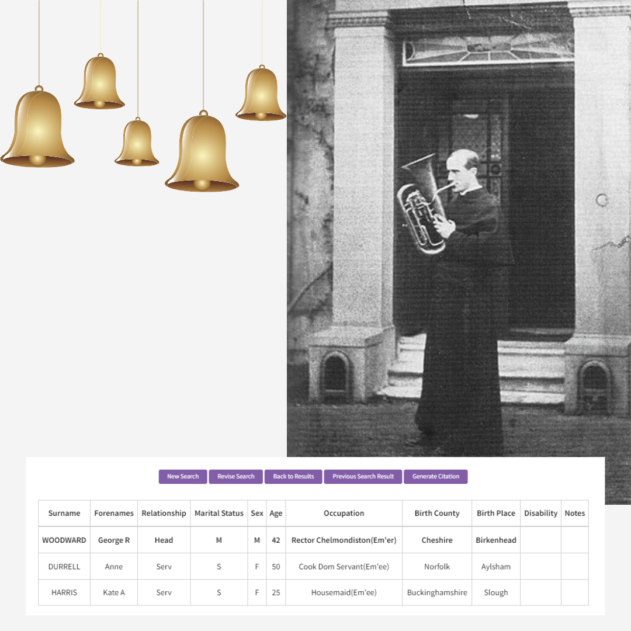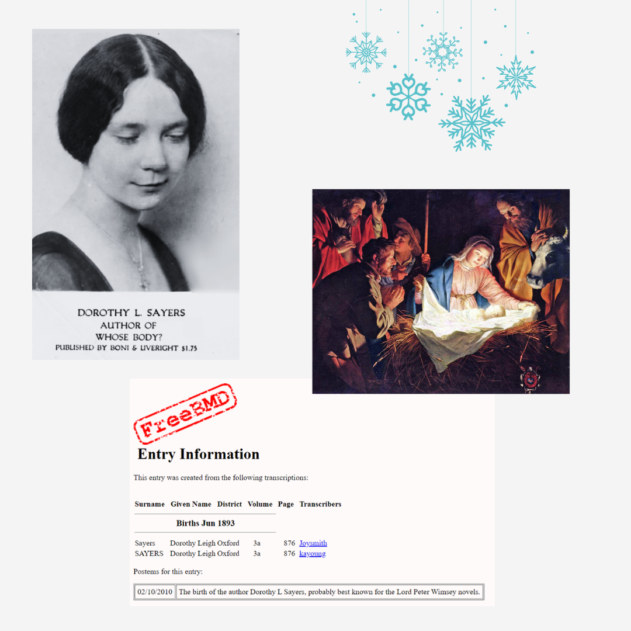New to genealogy? Here’s our beginner’s guide to the censuses
Warning! If you’re new to genealogy, this blog could lead you to spending many hours glued to your device, unearthing many family history treasures buried within the UK’s censuses.
Why? Because the censuses are a really rich source of information to the family historian – leading you, for example, not only to the ancestor you were seeking, but also to their parents, siblings, children, neighbours and more – depending on who they were living with or happened to be visiting on the night the census was taken. You can also discover their address, occupation and where they were born – and, in the later censuses, a lot more personal information about them.
Here, we summarise what a new family historian needs to know about the censuses, using the questions we are often asked.
When were censuses taken?
National censuses have taken place in the different jurisdictions of the UK* nearly every 10 years since 1801.
The first four censuses (1801, 1811, 1821 and 1831) were simple headcounts, with virtually no personal information recorded, so they are not of much use to family historians. (However, some local records offices do hold notes made by enumerators in the production of those censuses, and these might name people or heads of households. So, it could be worth checking with your local record office whether they have any such records.)
The 1841 census was the first to officially record the names of all individuals in a household or institution. Later censuses recorded even more information about those individuals (see below: ‘What will I find in each of the censuses?’).
However, contrary to popular opinion, the objective of the census was not to obtain detailed information about individuals, but to provide information about the population as a whole. Listing everyone by name, wherever they happened to be on a single night, was seen as the most efficient way to count everybody once, and nobody twice. From a genealogy perspective, however, it’s these names and details which are such a treasure trove in terms of answers – although be warned, they will usually raise many more questions! (For example, why was my 2x great grandfather listed with only 1 of his several children in the 1861 census? Answer: further research revealed the rest staying with other relatives who happened to live nearby!)
Which UK censuses are available to search?
The censuses from 1841 through to 1921 are available to search via various subscription sites, but some can also be searched for free – via our own FreeCEN database. The FreeCEN project began 25 years ago and, while the database is far from complete, it does now hold high-quality census data for more than 50 million individuals across the UK, from 1841 to 1901, so it’s always worth consulting. (For more information on FreeCEN, see the final 2 questions and answers at the end of this blog.)
As well as providing access to the full censuses from 1841 to 1921, subscription sites such as Ancestry and FindMyPast also offer the opportunity to search the National Register of England and Wales, which was carried out in 1939 as a population count prior to the Second World War. This is a very valuable resource for family historians, since the census returns for 1931 for England and Wales were destroyed in an accidental fire during the Second World War; and there was no census taken in 1941 because of the disruption caused by the Second World War. Hence the 1939 National Register is the only census-type record of the population available between the censuses of 1921 and 1951.
You might wonder why we can’t yet access the later censuses (1951 onwards). This is because they are subject to the Census Act 1920, as amended by the Census (Confidentiality) Act 1991, which makes it an offence to disclose personal information held in them until 100 years after the date they were conducted. When the 1939 National Register was made available, a decision was taken that individuals’ records remain closed for 100 years from their date of birth or until proof of death. These records appear blanked out in the images.
What about the censuses for Scotland, Ireland and Northern Ireland?
National censuses in Scotland were taken on the same dates as those in England and Wales, but with differing legislation, governorship and archiving arrangements. The 19th-century Scottish censuses were all released after 50–80 years of closure, while the 1901 and 1911 censuses were made available to the public after their 100th anniversaries. You can search and view the census returns for Scotland from 1841 to 1921 at Scotland’s People (charges apply).
Irish censuses from before 1901 have not generally survived to the present day, for a variety of reasons. The 1901 and 1911 censuses for Ireland (all of which was then part of the UK) have been available for inspection since 1960 – they were made available earlier than the other British records, since Irish law is different on this matter. No census was taken in 1921 due to the disruption of the Irish War of Independence. The first census taken in the Irish Free State (now the Republic of Ireland) was in April 1926 and this will be opened to the public by the National Archives after 2026. No census took place in Northern Ireland in 1931, but one took place there in 1937.
What will I find in each of the censuses?
(I have included examples from my own family’s story, to illustrate)
In the 1841 census, you will find the following information: Name. Age. Please note, for those aged over 15, the age was rounded down to the nearest 5 years; although this instruction was not obeyed in all cases. Occupation. Whether they were born in same county as where they were living: this was recorded as ‘Yes’ or ‘No’ of resident county; and, if ‘No’, whether born in Scotland, Ireland or Foreign Parts, which was indicated by an 'S', 'I' or 'F', as appropriate. Religion – in Ireland only.
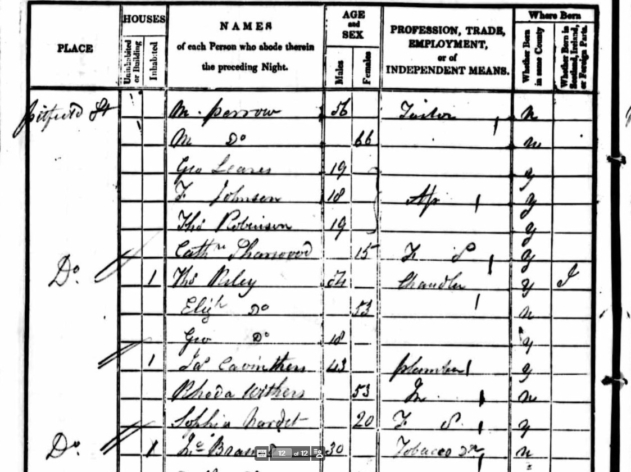
In the 1841 census, my 2x great grandfather George, is aged 19 and is an apprentice to a tailor in London.
In the 1851 census, a person’s relation to the head of the household was added, plus their marital status and place of birth. There was also a column to indicate whether a person was blind, deaf or dumb. In Ireland, it indicated which language was spoken by the person. The rounding down of ages was dropped, and actual ages were given.
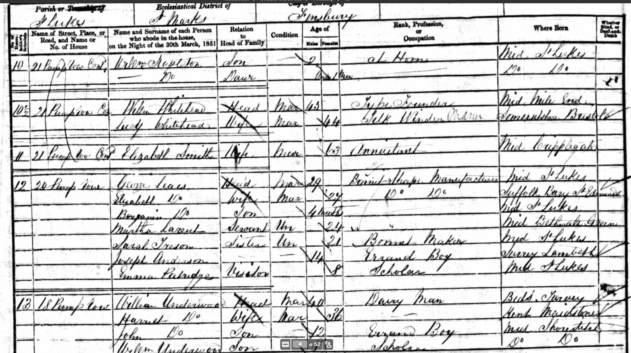
In the 1851 census, my 2x great grandfather George, now aged 29 has diverged from tailoring into 'Bonnet-Shape’ Manufacturing. He is living in London with his first wife, young son, and a servant. Also present on the day the census is taken is his sister-in-law, an errand boy (14) and a girl (8) who is a 'visitor'.
In the 1861 census, nothing new was added or changed; but in the 1871 census, a person’s ‘economic status’ was added, and whether they were an ‘imbecile’, ‘idiot’ or ‘lunatic’.
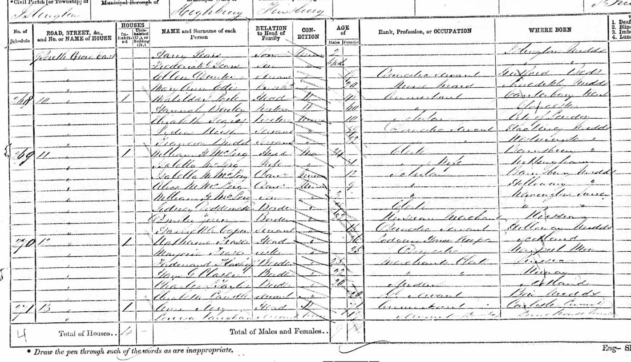
By the 1871 census, however, George is living with his new wife, Hannah – my 2x great grandmother – and 2 of their children, plus 5 children from his first marriage, a servant and a nursemaid.
In the 1881 census, for Scotland, the language spoken by the person was now required; and in the 1891 census the language spoken in Wales was added, along with information about whether a person was an employer, an employee, or neither. A person also had to state the number of rooms they occupied, if it was fewer than five rooms.

In the 1881 census, my 2x great grandfather George, now aged 59, has moved out to Hackney, and is living with my 2x great grandmother Hannah, 3 grown-up children from his first marriage, 1 son from his second marriage, plus a housemaid and servant. Later, I found 3 more of their sons at boarding school in Kent.
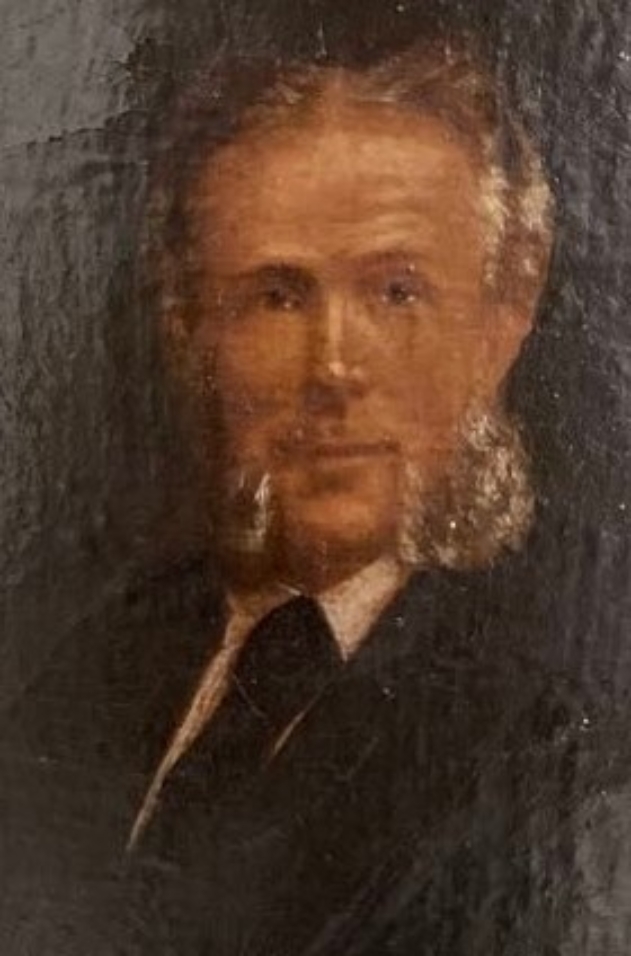
The story changes in 1891: my 2x great grandmother Hannah is now a widow, aged 43, living with 3 of her grown-up sons and 2 daughters aged 6 & 7. They have no servants, but they do have a 'boarder'.
By the 1901 census, the number of rooms in the dwelling was requested, and the person was asked to state whether they were an employer, ‘worker’ or ‘working on one's own account’ and whether ‘working at home or not’. In a tweak to the question about language spoken in Wales, children under three years of age were excluded.
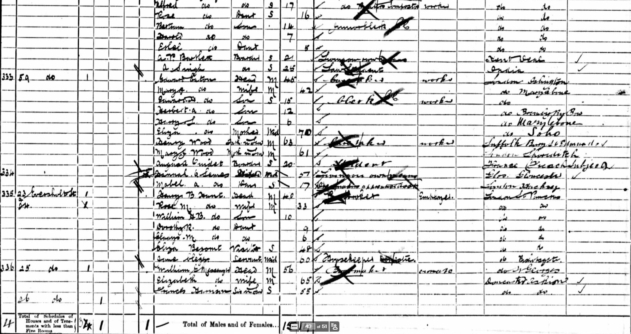
In 1901, my 2x great grandmother Hannah, now aged 53, is living in 'five rooms' on her 'own means', with one daughter - my great grandmother Mabel, aged 17, who is a dressmaker's apprentice. Later, I found her other daughter as a visitor in a house along the road on the night the census was taken.
The 1911 census was the first UK Census where the Census Return for a particular household or institution was written directly by the ‘Head of Household’ (rather than by an enumerator). People were asked to state with which industry or service they were connected; how long couples had been married; how many children had been born alive, how many are still alive, and how many have died. It was the first time a person ‘born in a Foreign County’ was asked to state their ‘Nationality’. The terminology of the final column was changed to ‘INFIRMITY: Totally Deaf and Dumb, Totally Blind, Lunatic, Imbecile, Feeble-minded’.

By 1911, my 2x great grandmother Hannah, aged 63, has moved in with one of her sons, his wife, and 2 servants, and they are living in Kent. Hannah’s daughter, my great grandmother Mabel, is now aged 27, married and living with her husband and 3 daughters in Balham, one of whom is my grandmother, Nancy.
The 1921 census asked for a person’s place of work and industry, and whether a marriage had been dissolved by divorce.

By 1921, now aged 73, my 2x great grandmother Hannah was living with her daughter Mabel and her family, including my grandmother Nancy, in Tooting.
Finally, while the 1939 Register is not a census, it is arranged along similar lines and includes similar, if less detailed, information. It does, however, show exact dates of birth where census returns simply give a person’s age.

This picture shows Mabel and Anne. In the 1939 Register, my great grandmother Mabel has died, but my grandparents, Nancy and Teddy, are living with their 2 daughters, including my mother Anne, in Surrey.
So, the censuses are truly a treasure trove for the family historian!
How complete are the census records in FreeCEN?
The FreeCEN project aims to provide a free-to-view, online, searchable database of UK census returns. The project began in July 1999, with a pilot transcription for Devon, and the database now holds census data for more than 50 million individuals, from 1841 to 1901.
Currently, the 1861 census is the most fully transcribed (70%), followed by the 1841 and 1891 censuses (50% and 48%, respectively). Transcriptions of the 1881, 1901 and 1911 have only just been started. (See the most current information about FreeCEN transcriptions here: https://www.freecen.org.uk/freecen2_contents?locale=en
We are always in need of volunteers willing to undertake the transcription of census pieces or make available transcriptions that they have already completed. If you would like to know more about transcribing, or are interested in being a technical volunteer, please visit our Volunteer page.Transcriber Registration | FreeCEN
How do I search the census records in FreeCEN?
To search the FreeCEN records, simply visit Search Query | FreeCEN and complete the fields with as much information as you know, and then click on ‘Search’. If you only have your ancestor’s name, this may be enough.
To search census records in sites such as Ancestry and FindMyPast, you will first need to pay a subscription to them; although you may be able to access their ‘Library Editions’ for free through membership of your local library or family history society.
Happy searching – and please do let us know what you find!
*The UK is defined as England, Scotland, Ireland and Wales together with the Crown Dependencies of the Channel Islands and the Isle of Man, and including the Orkney and Hebrides Islands, provided that each was the responsibility of the Crown at the time that the census was taken.
Sources:
Wikipedia, The National Archives (Census images are Crown Copyright), Free UK Genealogy
